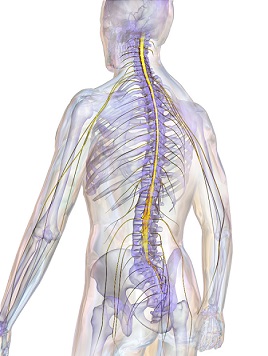Highlights
- •scRNA-seq reveals age-related immune cell responses after SCI
- •Myeloid cell infiltration and diversification is impaired in aged mice after SCI
- •A subset of microglia in aged mice displays deficits at steady state and after SCI
- •Parenchymal and meningeal myeloid cells facilitate injury-related lymphangiogenesis
Summary
Spinal cord injury (SCI) causes lifelong debilitating conditions. Previous works demonstrated the essential role of the immune system in recovery after SCI. Here, we explored the temporal changes of the response after SCI in young and aged mice in order to characterize multiple immune populations within the mammalian spinal cord. We revealed substantial infiltration of myeloid cells to the spinal cord in young animals, accompanied by changes in the activation state of microglia. In contrast, both processes were blunted in aged mice. Interestingly, we discovered the formation of meningeal lymphatic structures above the lesion site, and their role has not been examined after contusive injury. Our transcriptomic data predicted lymphangiogenic signaling between myeloid cells in the spinal cord and lymphatic endothelial cells (LECs) in the meninges after SCI. Together, our findings delineate how aging affects the immune response following SCI and highlight the participation of the spinal cord meninges in supporting vascular repair.







